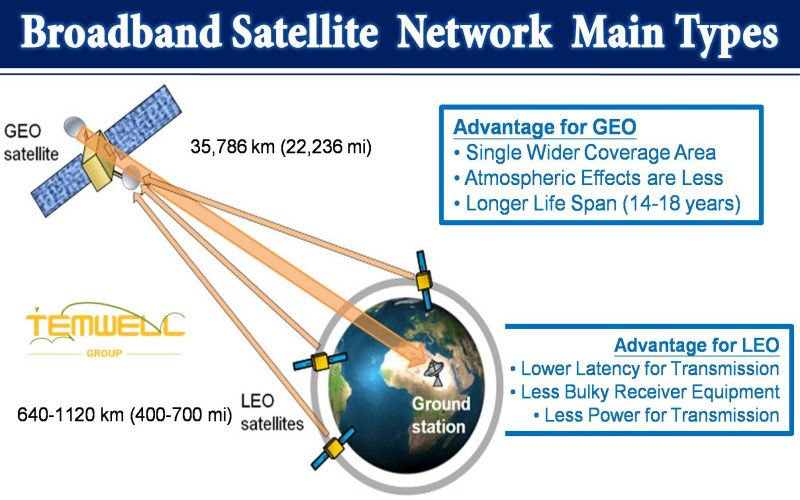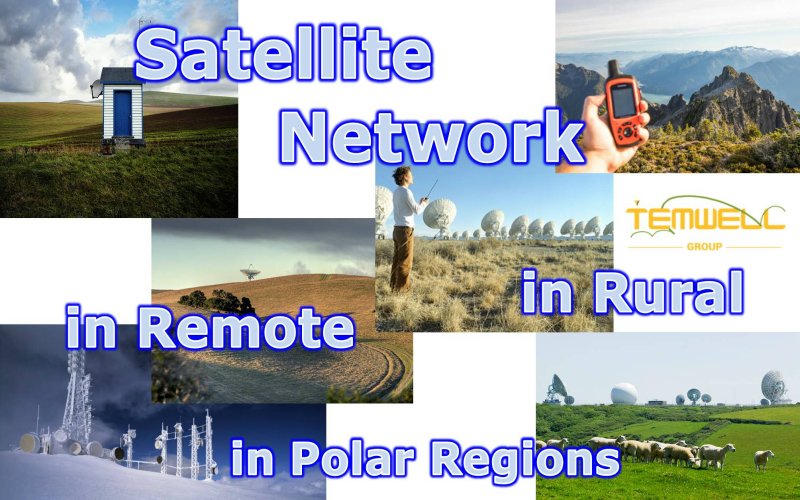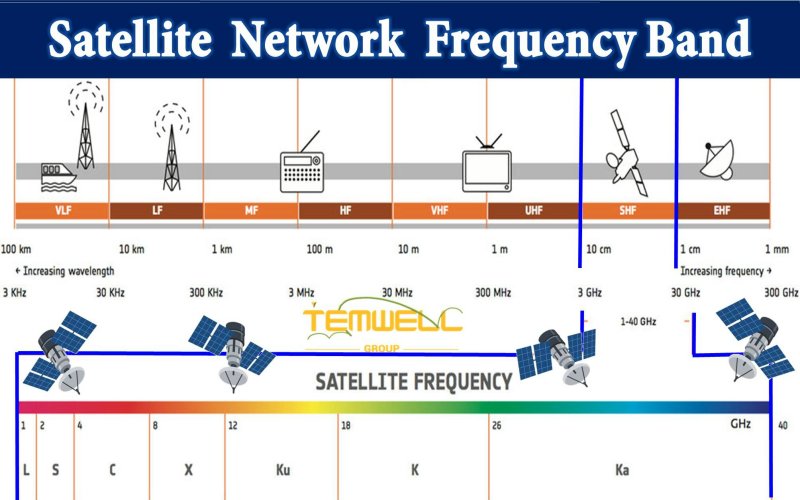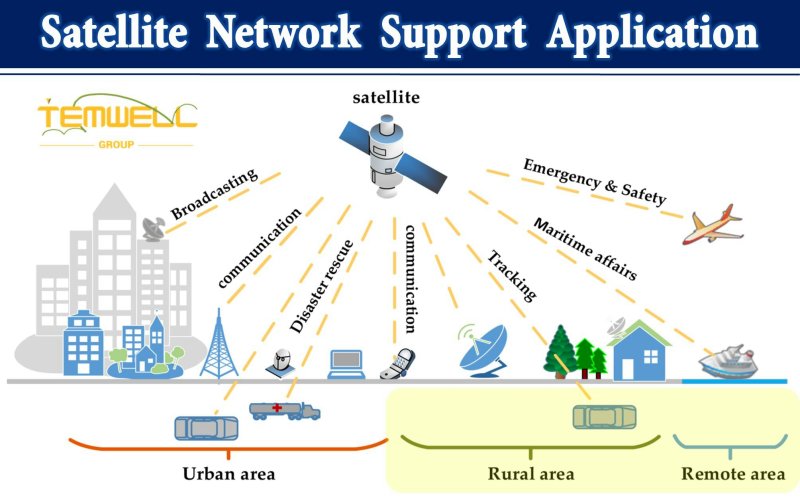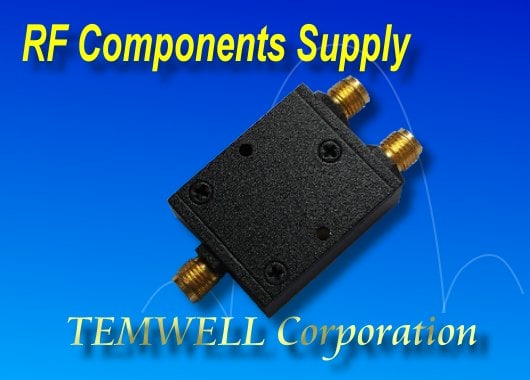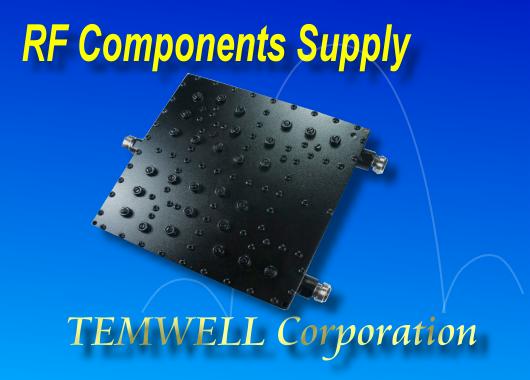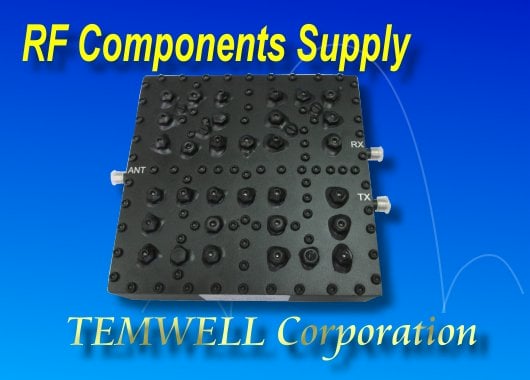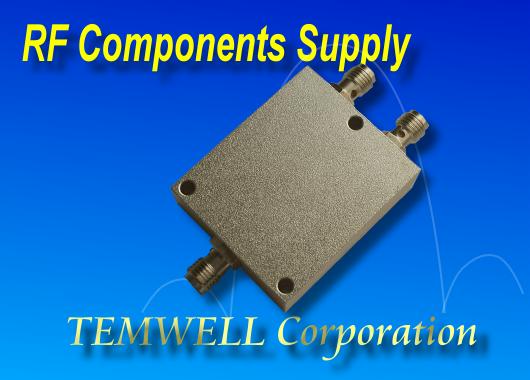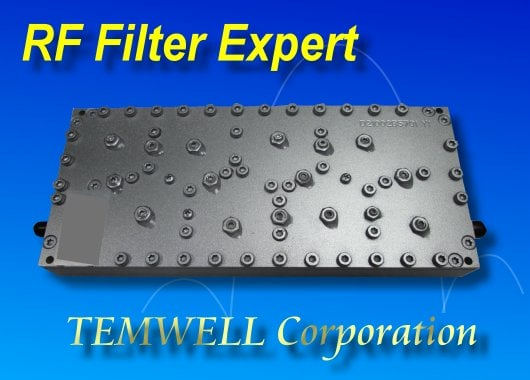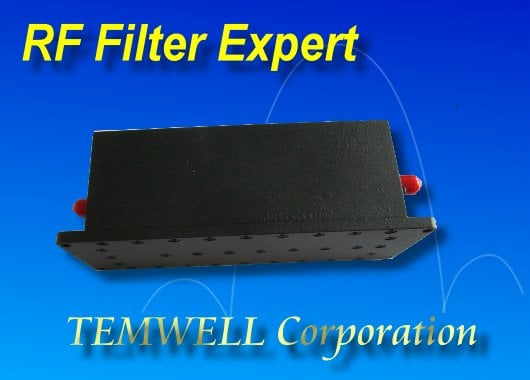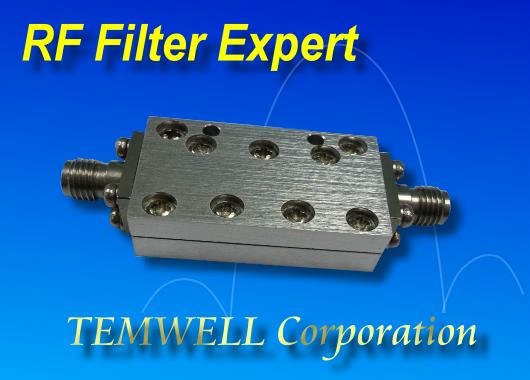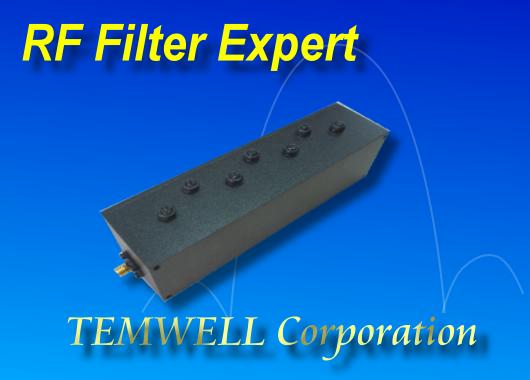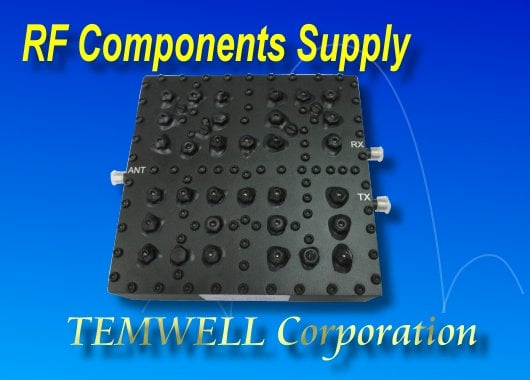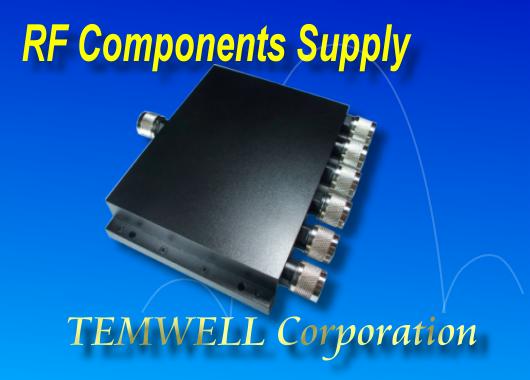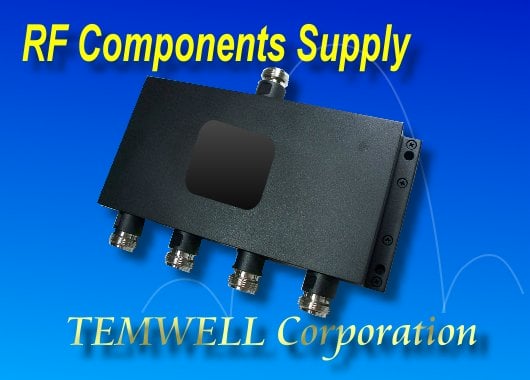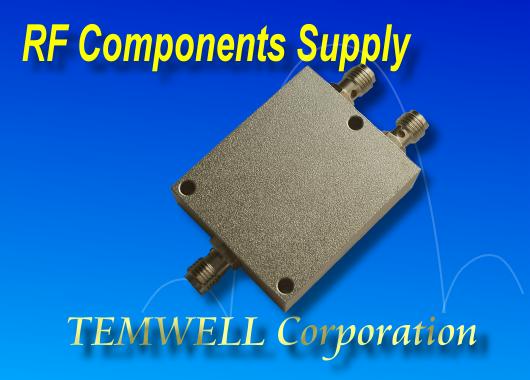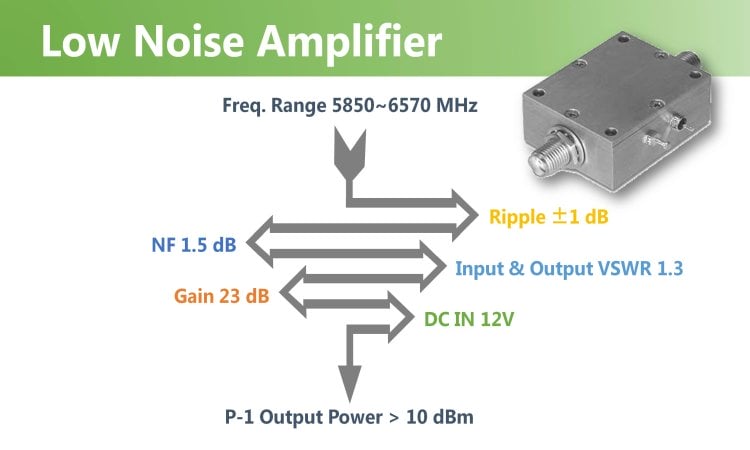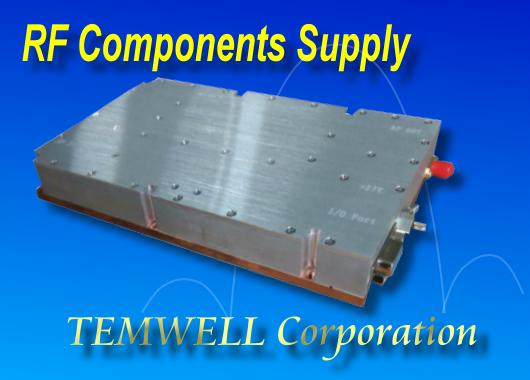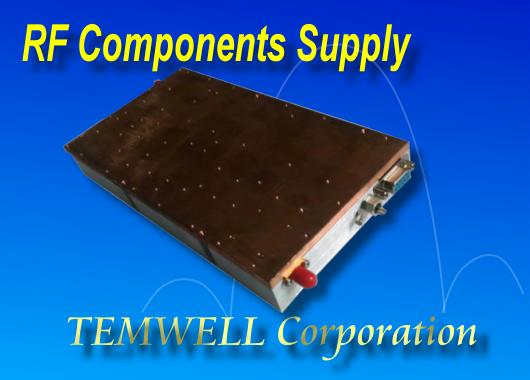K Band Broadband Satellite Network

What is K Band broadband satellite network?
A Satellite network is the operation of various wireless communications through communication satellites in the earth's orbit. Common applications are in television, telephone, broadcasting, Internet, and military fields, including satellite observation, satellite telephone, satellite positioning system, satellite mobile communications, etc. A Communications Satellite, called CS, is a satellite that transmits and amplifies radio communication signals through a repeater. Through the communications satellite, a communication channel can be established between a transmitter station on the ground and a remote receiving station all over the world.
The basic principle of satellite network communication is to use a large number of low-orbit communication satellites resident in low-earth orbit positions to form a large and highly-covered communication network structure after being connected in series. K Band broadband satellite network is a network architecture that uses a large number of low-orbit communication satellites to build broadband mobile communications.
Initially, Satellite Network Communication can only provide the most basic satellite observations and directly transmit the observation results back to the fixed ground base station. If the communication time is missed, it will not be able to successfully connect and complete the data transmission operation. The commonly used frequency band is ka Band at 27-40G and North Atlantic Treaty Organization uses the 40G-60G frequency band as the frequency band for satellite communication, called L Band, which is different from the L band in standard communication agreement setting by IEEE.
Later, after years of resource investment, equipment development, and an increase in the number of satellites, the application of satellite phones began to expand. Users can directly connect with satellites in orbit through terminal equipment. Furthermore, there is no limit to only connecting with one specific satellite. As long as it is a satellite in the same satellite communication structure, the user can connect and complete the call packet conversion operation. There were two major evolutions during this period.
First, the ground communication terminal does not require large-scale equipment or professional communication base stations, and personal portable terminal communication equipment can complete the operation. Second, the number of satellites has gradually formed a small group, about 50-80, the communication structure can cover most of the surface area so that the communication range can be used for commercial operations.
L BAND at 1-2G GPS
Ku BAND at 12-18G Satellite Network VS 5G mobile networks
k BAND at 18-27G Satellite Network VS 5G mobile networks
ka BAND at 27-40G Satellite Commnication
L BAND at 40-60G Satellite Commnicationhe
The goal of the next generation is to continually expand the scale of communication satellites up to more than 20,000s. The expectation is to be able to completely cover the entire range of users on earth, not only limited to certain developed countries or areas of developing countries but to cover all places and regions in the world. The increasing of satellite numbers can not only greatly promote the coverage of communication satellites, but also make satellite mobile networks realized possible.
The current common applications are as follows:
Satellite phone:
The full name of a satellite phone is a portable satellite communication system, which is a type of mobile phone. But unlike ordinary mobile phones, satellite phones are not connected to the telecommunication base station set up on the ground, but directly communicate with the communication satellites in the sky. Depending on the system architecture, the coverage of satellite phones also varies from a specific area to a global scale. Satellite phones are very common in mountaineering teams, expeditions and ships because ordinary mobile phones are often not available in remote areas and at sea.
Global Positioning System ( GPS):
Global Positioning System (GPS), also known as the Global Positioning System, is a mid-range circular orbit satellite navigation system developed by the US Department of Defense and operated and maintained by the US Space Force. It can provide accurate positioning, speed measurement, and high-precision standard time for most areas (98%) on the earth's surface.
Satellite network:
A Satellite network is a mobile network service provided by communication satellites, using geostationary satellites in low earth orbit to provide data services to individual users. After years of hard research, investment in market resources, and a large number of satellites, a satellite architecture has been constructed to provide consumers with relatively high data speeds. Currently, the Ku band is mainly used, which can achieve a downlink data speed of up to 506 Mbit/s. The most famous application is the STARLINK project.
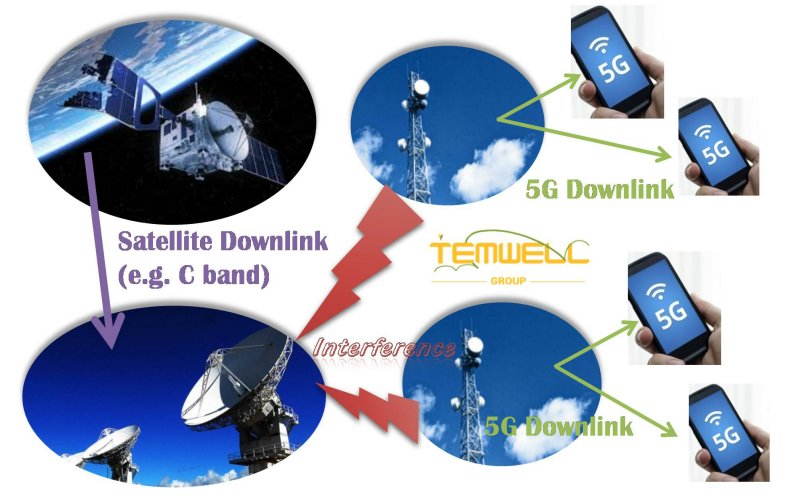
The connection between Satellite network and 5G mobile networks:
The current 5G NR standard uses frequency bands that are mainly divided into two frequency ranges:
1. Frequency Range 1 (FR1):
Including the frequency band below 6G Hz (sub-6GHz), and currently extended the frequency band to 410MHz to 7125 MHz.
2. Frequency Range 2(FR2):
Including frequency bands within the millimeter-wave range, which is accurate from 24.25 GHz to 52.6 GHz. (K band + ka band)
The frequency band used by the emerging 5G communication network is mainly FR1 and gradually developed to the frequency of FR2. Those used frequency band is very close to Ku band used by satellite networks and overlaps with k band and ka band, which are used by satellite communication. Secondly, when 5G applications are heavily invested in the future, serious interference with communication satellites and satellite networks is likely to occur.
Although it is not completely overlapped, and the scope of main use is not the same, once the two applications come into conflict with each other, serious interference will happen. 5G communication networks and satellite communication networks are both very important wireless communication applications. If mutual interference appears from time to time, it will cause serious consequences. When designing, the engineer must also take it into consideration and make corresponding designs for this kind of interference in advance. In general, might consider putting the bandstop filters and constant k type filters to reject the conflict that occurs.

How Can We Do to Prevent the Interference from Occurring?
The engineer can use band stop filters with 2 suitable methods to prevent or resolve it.
1: Before the signal is transmitted, use a customized constant k band pass filter are including constant k low pass filter, constant k high pass filter, and constant k band stop filter to filter the signal in advance to ensure the quality of the signal.
2: At the receiving end, after the noise is filtered by customized constant k type filters are including ku band filter and ka band filter, the received signal is processed to improve the efficiency of signal processing.
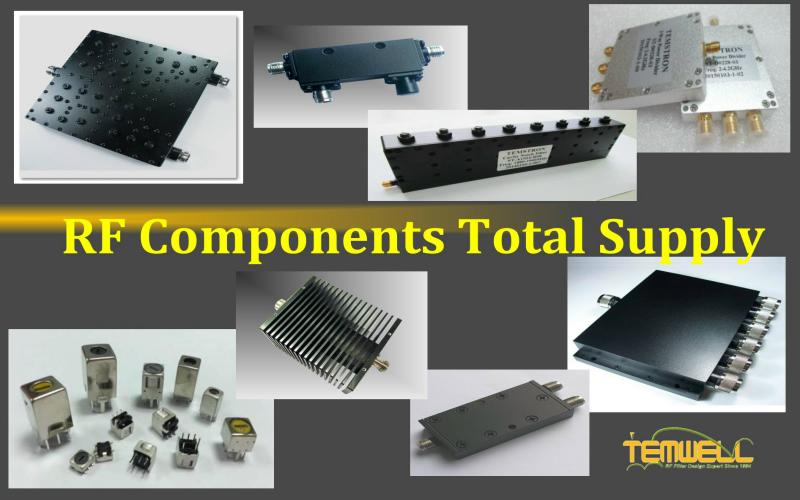
Temwell group provides full series of RF Microwave Components with professional consultancy and design services and provides various solutions for all kinds of application devices and product developing problems. Based on our abundant experience, our products support low group delay, high bandwidth, good performance, power 5 watts up, and high efficiency to achieve 5G faster communications.

We provide custom design proposals, including Band Stop Filters, Constant K type Filters, Helical Filter, Cavity Filter, SMD Filter under BPF, LPF, HPF, BSF. Also, covering Inductor, Coil, Diplexer, Duplexer, n-way Combiner, Isolator, Attenuator, Coupler, Amplifier, and so on. Products are made in Taiwan with ISO certification, RoHS certification, REACH compliance, and California Proposition 65 compliance. For more information, please contact us for free consultant service.
Subscribe to us on Facebook for the latest product news.


